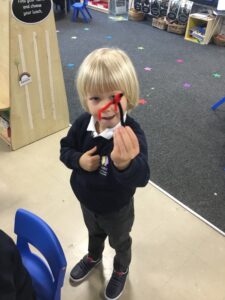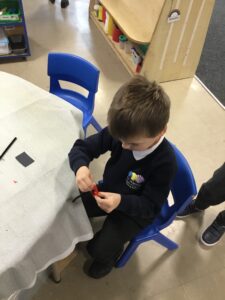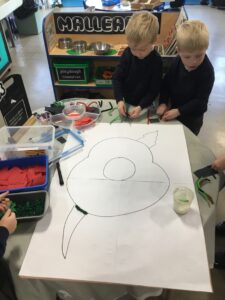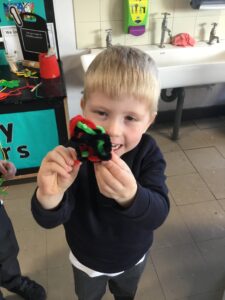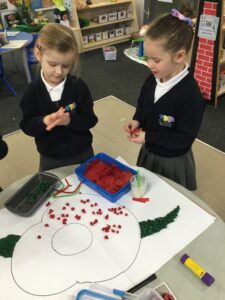This week’s Talk Time relates to this half term’s Art topic.
I can compare and contrast different artworks, architecture and designs.
I can give my opinions, and back them up with reasons.
In our Art lessons, we’re thinking about the work of these artists, architects and designers and we’re using the following vocabulary:
Y1,2 Artists:
George Seurat
Bridget Riley
Vocabulary: pointillism, op art
Y3,4 Architects:
St Paul’s Cathedral, Sir Christopher Wren
London Aquatic Centre, Zara Hadid
Vocabulary: architect, architecture
Y5,6 Designers:
William Morris
Orla Kiely
Vocabulary: pattern, repetition, symmetry, foreground, background
The key to this task is being able to explain thoughts and opinions. It’s worth remembering that the opinions of one person may not match those of another and that it’s okay to disagree.
We’d like your child to speak confidently and passionately about art. Using ‘because’ will encourage your child to think carefully about their own interpretation of the art. Offering your own opinions may also help your child to consider alternative viewpoints and perspectives.
Discussions about the art could take place in a number of ways. Here’s a couple of suggestions:
- Discuss each piece separately before then looking at them side by side.
- Have both pieces side by side from the start.
Whichever approach you opt for, referring to these questions and the vocabulary above will help to focus your discussions at home:
- Explain what you like about each piece.
- Explain what you dislike about each piece.
- How are the two pieces similar?
- How are the two pieces different?
- Considering what is most important to you, which piece do you prefer?
Additionally, or alternatively, you might like your child to consider our current Christian value…
At St James’ CE Primary School, we learn about Christian values that help us to become well-rounded citizens in society. The values are woven into our everyday school life. Each half term, we have a new Christian value that will be embedded into our collective worship and our reflection areas.
This half term, our Christian value is compassion. The definition of compassion is a feeling of deep sympathy and sorrow for another who is hurting, in pain, or has misfortune and is accompanied by a strong desire to help the suffering. Christians believe that Jesus is the greatest example of someone with true compassion. It’s not always easy to show compassion, especially when we feel like the person deserves their misfortune, but we try to show compassion to all who need it whether they are the same as us or different.
This week’s Talk Time homework is all about showing compassion.
‘If you want others to be happy, practice compassion. If you want to be happy, practice compassion’
Dalai Lama
With your adults at home, have a chat about the quote by the Dalai Lama. Do you like this quote? What do you think it means? Does it really help you to be happy by showing compassion? Does showing compassion really help someone else?
Think about your day at school. Think of three times or places where you could show compassion to someone. Or, come up with your own quote about compassion – share it with your teacher so it can go on our Christian Values board in the hall.
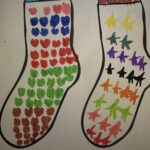

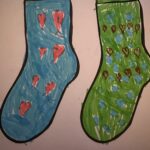

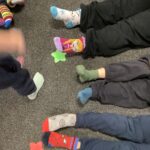
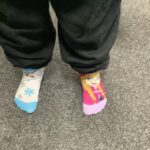
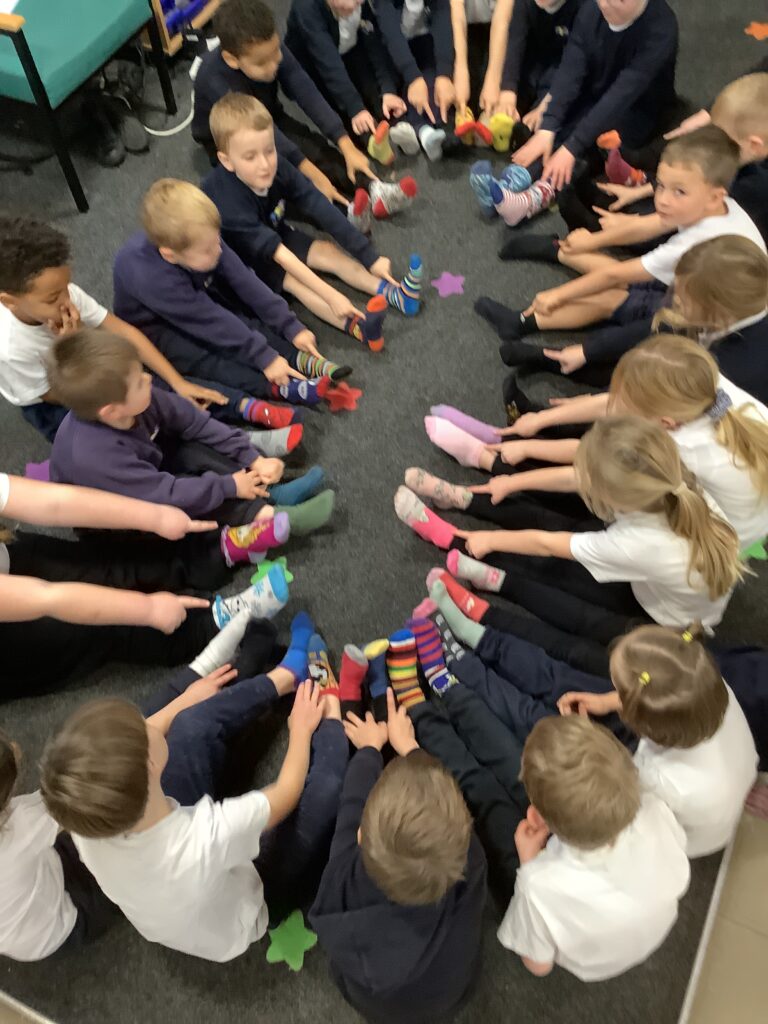
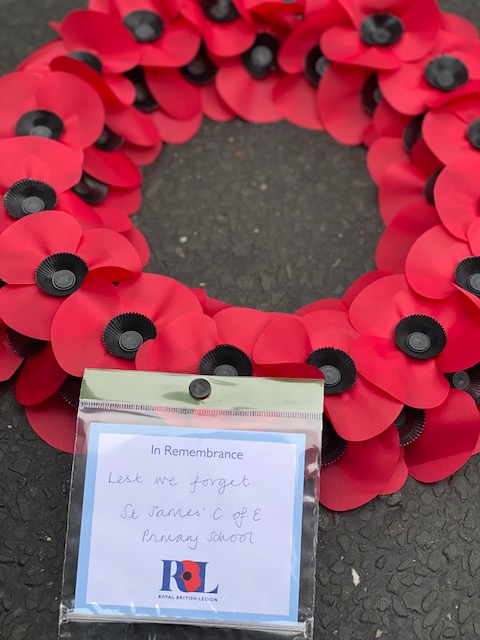
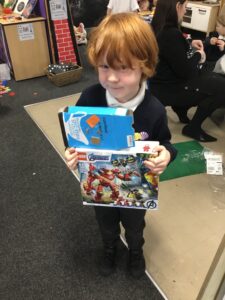
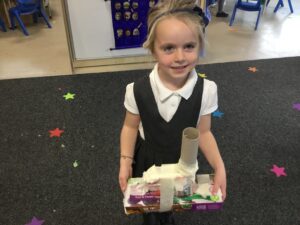
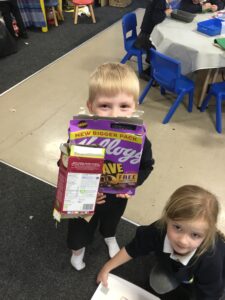
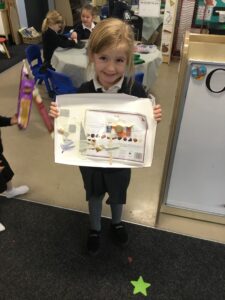
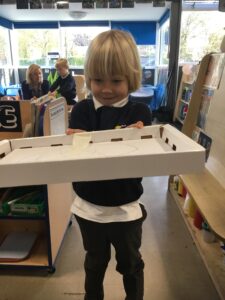
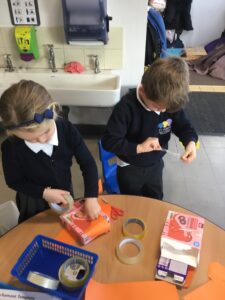
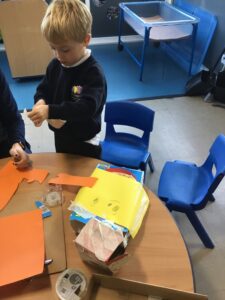
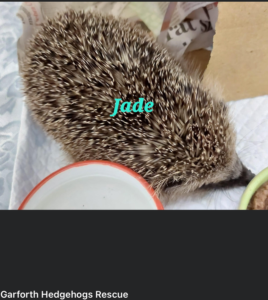
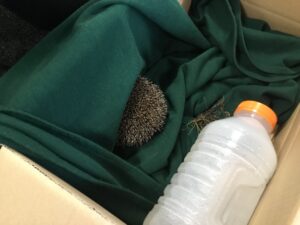 Year 6 came to see us on Monday and had with them lots of different things with poppies on. We were keen to find out more about why people wear poppies at this time of year. We discovered that poppies are a way that some people remember others. We decided that we would like to create our own poppies using different materials.
Year 6 came to see us on Monday and had with them lots of different things with poppies on. We were keen to find out more about why people wear poppies at this time of year. We discovered that poppies are a way that some people remember others. We decided that we would like to create our own poppies using different materials.